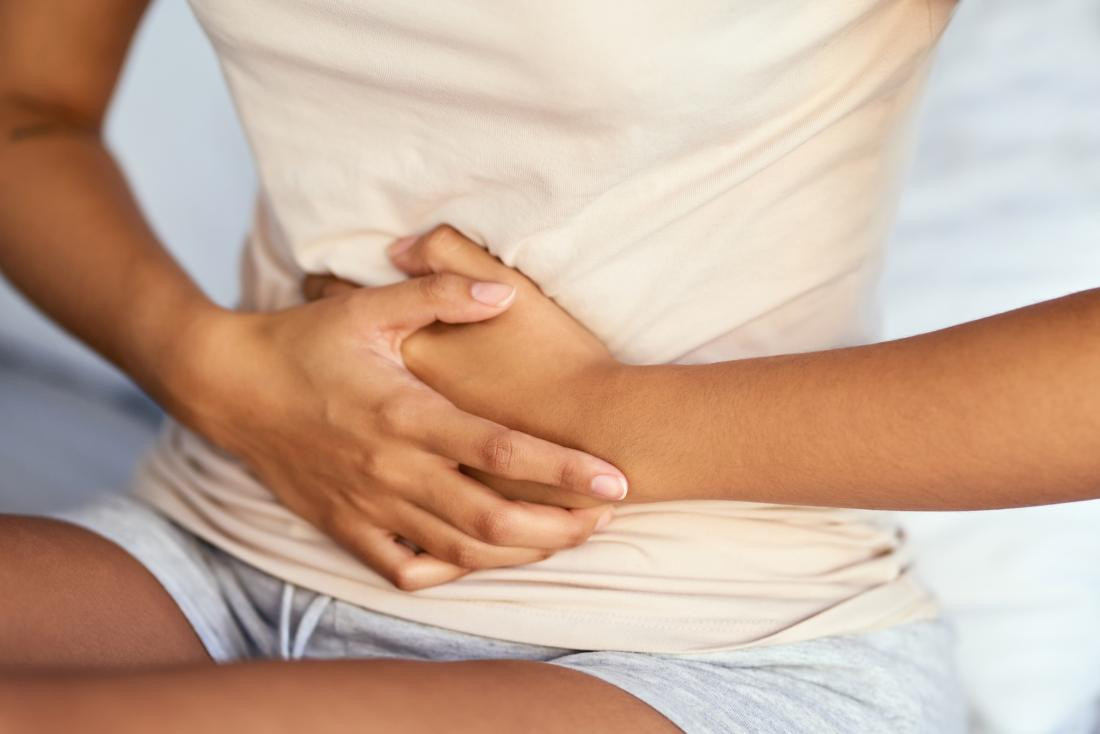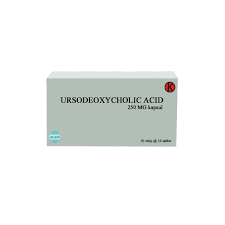Definition
Gallstones, or cholelithiasis, occur when hard deposits form in the gallbladder, a pear-shaped organ under the liver on the upper right side of the abdomen. The gallbladder plays a crucial role in the digestive process by storing bile, which aids in digesting cholesterol and fats from our food. Gallstones develop as cholesterol hardens into the sediment. If these stones become numerous or obstruct the bile duct, they can lead to symptoms like pain in the upper right side of the abdomen. Prompt treatment is necessary to prevent the condition from worsening.
Causes
The exact cause of gallstones, or cholelithiasis, is not precisely known. However, several factors may contribute to their formation based on studies. These factors include:
- Excess cholesterol in the gallbladder: The gallbladder usually contains substances that help break down cholesterol released from the liver. If there is an excess of cholesterol that the gallbladder can't process, it may crystallize and form stones.
- Excess bilirubin in the bile: Bilirubin is a product of the breakdown of red blood cells. Liver diseases, such as cirrhosis and biliary infections, can increase bilirubin production, contributing to gallstone formation.
- Improper gallbladder emptying: The gallbladder should naturally empty itself of bile over time. However, in some cases, the gallbladder may not empty properly, leading to concentrated bile that can harden and form stones.
Risk factor
Several factors can increase the risk of developing gallstones, include:
- Age older than 40 years
- Obesity or overweight
- Pregnancy
- Consuming a diet high in fat, cholesterol, and low in fiber
- Family history of gallstones
- Specific medical conditions: Conditions such as diabetes or liver cirrhosis can increase the risk of gallstones.
- Consuming certain medications: Medications to reduce cholesterol, those containing estrogen, or specific antibiotics to treat infections may increase the risk.
- Drastic weight loss
- Sedentary lifestyle: Lack of regular physical activity or insufficient activity may increase the risk.
- Being female: Women are more likely to develop gallstones than men.
Symptoms
Gallstones can remain asymptomatic if they do not enter the bile duct. However, if a stone has entered the bile duct, it can cause several symptoms, including:
- Severe pain in the upper right abdomen
- Pain that radiate to back or shoulder
- Fever.
- Cramping, bloating, and pain throughout the abdomen.
- Jaundice: Yellowing of the skin or eye sclera.
- Nausea and vomiting.
- Pale stool.
The pain can be persistent and last for more than 15 minutes, relieving after several hours. It can gradually develop or occur suddenly.Pain tends to worsen when taking a deep breath and may appear after consuming high-fat food.
If the stone is small enough, there is a chance it may pass through the bile duct and into the duodenum without causing symptoms for an extended period.
Diagnosis
To diagnose gallstones, the doctor may perform:
- Medical Interview (Anamnesis): Gathering information about symptoms and medical history
- Physical Examination
- Diagnostic tests such as urine tests, blood tests, and imaging studies like X-rays, USG, and CT scans of the abdomen are essential. Among these, USG and CT scans are the most effective for visualizing the gallbladder and detecting other diseases that may present symptoms similar to gallstones.
- Other diagnostic tests include Hepatobiliary Iminodiacetic Acid (HIDA), MRI, and Endoscopic Retrograde Cholangiopancreatography (ERCP)
Management
Gallstones can be asymptomatic and may not require therapy, but strict observation is necessary. For individuals with a medical history such as diabetes, portal hypertension, or liver cirrhosis, doctors may recommend certain therapies. Some treatments to manage gallstones include:
- Ursodeoxycholic acid: This medication, which contains ursodiol or chenodiol, has been proven to dissolve gallstones. It works by gradually eroding the stone until it breaks and dissolves. It is used for mild symptoms and smaller crystals.
- Methyl Tertiary Butyl Ether (MTBE) injection: This medication is injected into the gallbladder to dissolve stones. However, this therapy can cause side effects, including a burning sensation.
- Extracorporeal Shock Wave Lithotripsy (ESWL): Originally designed for kidney stones, ESWL can also be used for gallstones, especially those less than 2 cm in diameter. The goal is to break the stone using shockwaves through body tissue.
- Endoscopic Retrograde Cholangiopancreatography (ERCP): This procedure removes gallstones without removing the gallbladder, particularly for individuals whose condition is unsuitable for surgery.
- Surgery: If the above methods do not improve symptoms or if the symptoms are severe and recurring, surgery may be recommended. The most common procedure is laparoscopic cholecystectomy, involving small incisions around the umbilicus and two or three more smaller incisions in the right abdomen. Removing the gallbladder allows bile to flow directly into the intestine.
Complications
Gallstones rarely cause complications, but inappropriate treatment may lead to various complications, including:
- Acute cholecystitis: Inflammation of the gallbladder.
- Cholangitis: Inflammation of the bile ducts.
- Acute pancreatitis: Inflammation of the pancreas.
- Constant abdominal pain: Persistent pain in the abdomen.
- High fever: Elevated body temperature.
- Jaundice: Yellowing of the skin and eyes.
- Pancreatic pseudocyst: A lump or fluid collection in the pancreas.
- Sepsis: Infection spreading through the bloodstream.
Prevention
Gallstones can be prevented by adopting healthy lifestyle habits, include:
- Dietary Habits: Adopting healthy and balanced nutrition.
- High-Fiber Foods: Including fruits and vegetables in the diet.
- Avoiding Certain Foods: Steer clear of oily, spicy, nutty, coconut milk, or buttery foods.
- Limiting Alcohol: Keep alcohol consumption within moderate limits.
- Regular Exercise: Engage in at least 150 minutes of exercise per week.
- Adequate Fluid Intake: Ensure sufficient daily fluid intake.
- Moderate Weight Loss: Opt for gradual, steady weight loss if you lose weight.
When to see a doctor?
If you experience severe and persistent pain that hinders normal activities, jaundice, high fever, shivering, or loss of appetite, you should consult a doctor. However, individual symptoms may vary. Regular check-ups are recommended for those with risk factors.
Looking for more information about other diseases, Click here!
- dr Nadia Opmalina
Mayo Clinic (2019). Diseases and Conditions. Gallstones.
Macon, B.L., Yu, W., & Nall, R. Healthline (2017). Understanding Gallstones: Types, Pain, and More.
Tiderington, E., Lee, S.P., & Ko, C.W. (2016). Gallstones: New Insights Into an Old Story. F1000 Research, doi:10.12688/f1000research.8874.1.
National Health Services UK (2018). Health A-Z. Gallstones.












